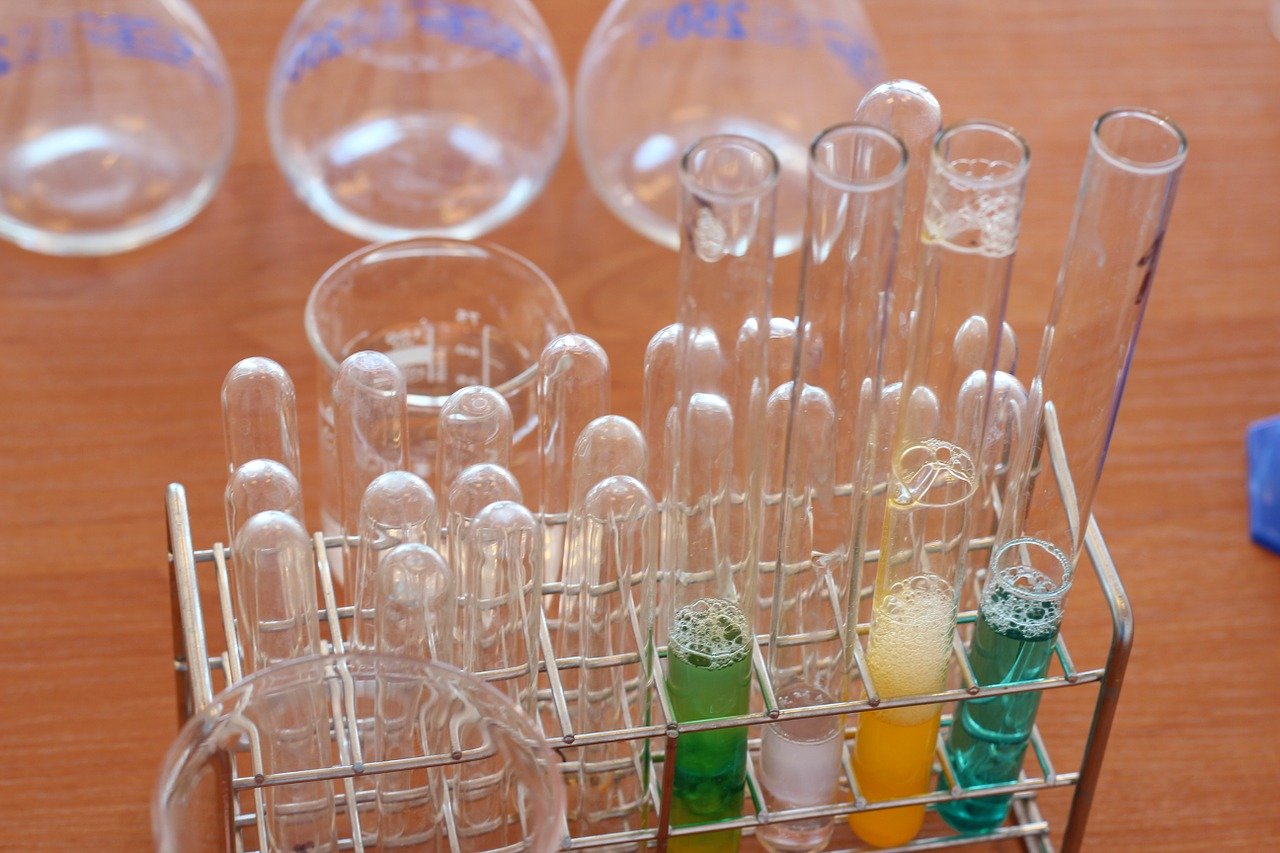In February 2018 researchers from Poland published their review on endocrine disrupting chemicals and whether they are a danger to a child’s health. The researchers stated that endocrine disrupting chemicals are varied in structure and are found in, for example, pharmaceutical agents, plant protection products, plastics, plasticizers, polychlorinated biphenyls, dioxins, flame-retardants and antifoulant paint additive. There are also plant derived endocrine disrupting chemicals in the form of phytoestrogens and mycoestrogens. Children and adults are exposed daily to endocrine disrupting chemicals during drinking contaminated water, eating, breathing polluted air or direct contact with chemicals. Prenatal and perinatal period, infancy, childhood, and puberty are critical time of development during which time a child’s maturing systems are particularly sensitive to hormonal disruptions. Exposure to environmental chemicals with oestrogenic or anti-androgenic action may therefore disrupt development of the female reproductive tract, testosterone synthesis and also sexual differentiation, leading to adult testis dysfunction and infertility.
Beszterda M, Frański R. Endocrine disruptor compounds in environment: As a danger for children health. Pediatr Endocrinol Diabetes Metab. 2018;24(2):88-95.

